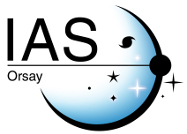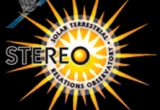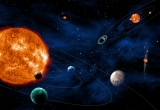https://smsc.cnes.fr:443/COROT/
COROT (COnvection and ROtation stellar and planetary TRansits) is a mission mainly led by CNES aiming at seismic observations of stars and the search for exoplanets. It was launched at the end of 2006 from Baikonur on a low polar Earth orbit for an initial duration of 3 years. It has finally been operated until the end of 2013 and scientific exploitation continues.








